Planting Snapdragons In The Garden: How To Grow Snapdragons
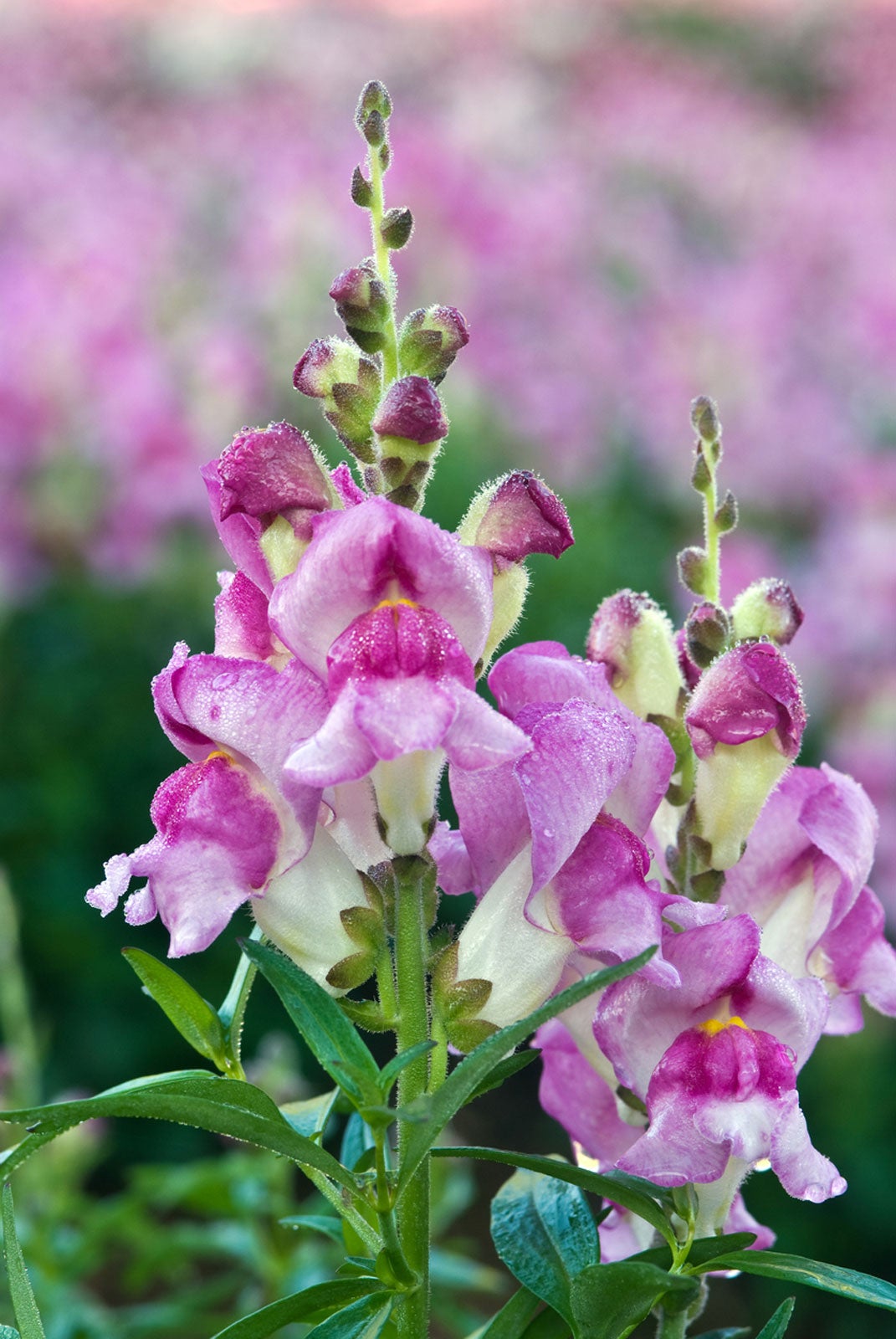

Growing snapdragon (Antirrhinum majus) in the flower bed provides cool season color and a mid-sized plant to balance tall background plants and shorter bedding plants in the front.
Learn how to grow snapdragon for early spring blooms. Numerous varieties of snapdragon exist with dwarf, intermediate and tall flowering stems that provide a range of colors to work with in the garden.
Snapdragons are available in most colors except blue and co-ordinate or contrast with other early spring bloomers. Height of the snapdragon may reach 3 feet (1 m.) or as short as 6 inches (15 cm.).
Planting snapdragons out can be among the first late winter gardening tasks. This fragrant specimen can handle frost, so start planting snapdragons early in the gardening season for most abundant bloom and performance.
How to Grow Snapdragons
After planting snapdragons in a full sun location with well-draining soil, snapdragon care should include a few well-placed clips to manipulate this plant into a bushy, filled-out specimen. Clip the top stem and any long side shoots to encourage more flowers and more attractive planting. Tall varieties of snapdragons may require staking to remain upright.
When blooms begin to fade due to summer's heat, clip the plant by one-third to one-half and expect more blooms when temperatures begin to cool in fall. Intermingle plantings of snapdragon with heat-loving Angelonia for a similarly formed plant in the summer flower bed.
Further care of snapdragons includes appropriate watering. When growing snapdragon, keep moist for the first few weeks. Once established, snapdragon care includes regular watering. Provide approximately an inch of water per week in times of no rainfall. Water near the crown of the plant and avoid overhead watering to keep your snapdragon healthy.
Gardening tips, videos, info and more delivered right to your inbox!
Sign up for the Gardening Know How newsletter today and receive a free copy of our e-book "How to Grow Delicious Tomatoes".
Once established, let the soil dry about an inch deep before watering. Snapdragon care includes the removal of spent blooms. Mulch is appropriate when growing snapdragon. Though mostly sold as an annual, proper care of snapdragons may encourage them to return next year, as they are actually a short-lived perennial plant.
Ideas for Planting Snapdragons
This Mediterranean native is deer resistant and grows well in sunny, outlying areas where these pests are prone to nibble. Planting snapdragons in the vegetable garden may offer some protection from browsing deer as well.
Take advantage of the showy blooms of growing snapdragons and bring indoors for arrangements. Many snapdragons are fragrant. Add snapdragons to those bare sunny areas of the landscape.
Work organic material into the bed prior to planting. Proper care of the snapdragon provides a wealth of early blooms in the garden.

Becca Badgett was a regular contributor to Gardening Know How for ten years. Co-author of the book How to Grow an EMERGENCY Garden, Becca specializes in succulent and cactus gardening.
-
 Looking For Plants To Give You The Soft And Fuzzies? Try These 5 Fuzzy Leaf Plant Options
Looking For Plants To Give You The Soft And Fuzzies? Try These 5 Fuzzy Leaf Plant OptionsLovers of texture, drama, silver foliage and tactile plants will adore these special sensory garden additions. These fuzzy leaf plant options will leave you all aglow
By Susan Albert
-
 Get Ready For A Summer Of Hummers! Grow These Full Sun Hummingbird Plants and Flowers
Get Ready For A Summer Of Hummers! Grow These Full Sun Hummingbird Plants and FlowersIf you’re lucky enough to enjoy a sunny backyard, make sure you are maxing out on your pollinator opportunities and grow these full sun hummingbird plants and flowers
By Tonya Barnett
-
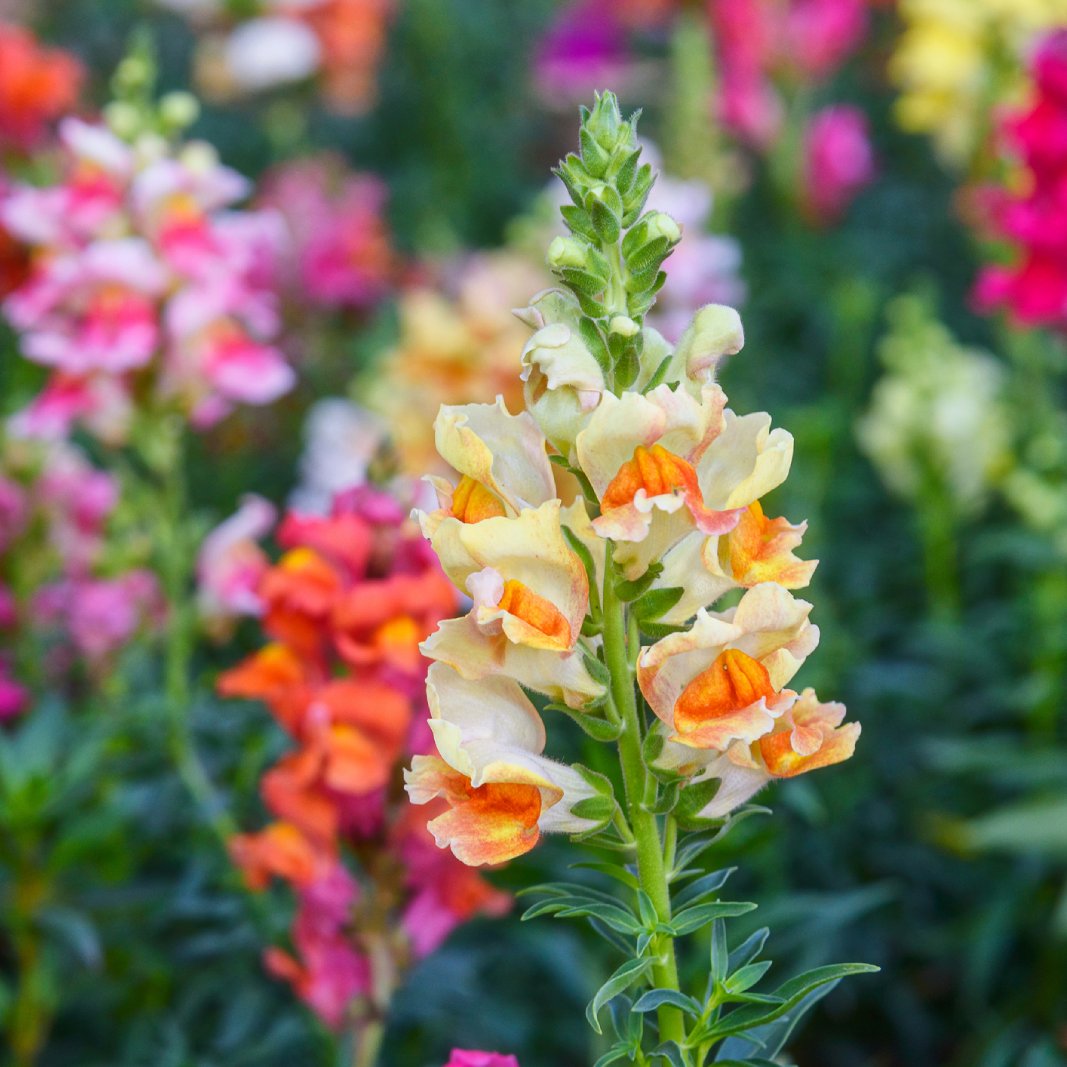 When And How To Harvest Snapdragon Seeds For Years Of Blooms
When And How To Harvest Snapdragon Seeds For Years Of BloomsLearn how to harvest snapdragon seeds to replenish those frilly, familiar garden flowers for everything from weddings to beautiful bouquets on your table.
By Mary Ellen Ellis
-
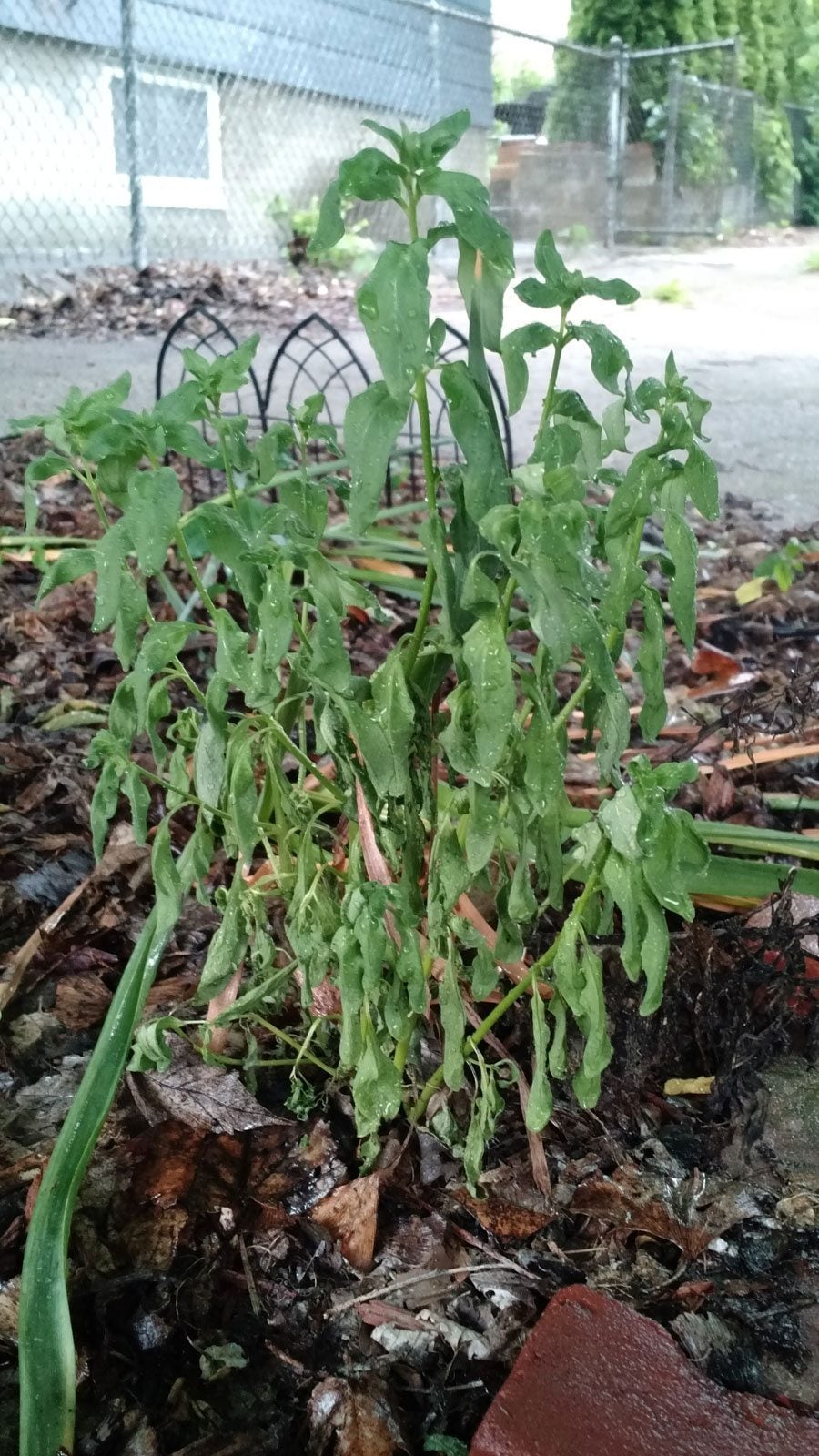 Why Do Snapdragons Wilt: Learn What Causes Wilting Snapdragons
Why Do Snapdragons Wilt: Learn What Causes Wilting SnapdragonsWhat can you do when your beautiful snapdragons start to hang their heads in despair? Start by reading this article, then get to work in the garden! Click here for information on why snapdragons plants wilt so you can begin fixing the problem.
By Kristi Waterworth
-
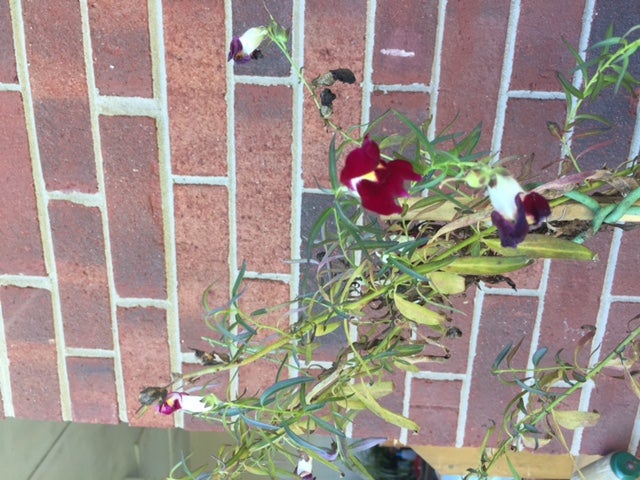 Fixing Issues With Snapdragons – How To Deal With Snapdragon Problems
Fixing Issues With Snapdragons – How To Deal With Snapdragon ProblemsSnapdragons are fanciful plants that delight and inspire wonder in people of all ages, but they can also suffer from a number of problems. As a snapdragon keeper, it's your duty to learn more about the problems your plants can suffer, so click here to begin your journey.
By Kristi Waterworth
-
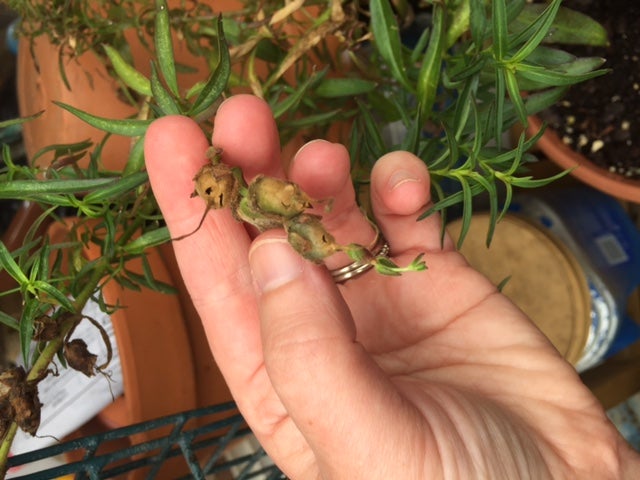 Propagating Snapdragons – Learn How To Propagate A Snapdragon Plant
Propagating Snapdragons – Learn How To Propagate A Snapdragon PlantSnapdragons are beautiful tender perennial plants that put up spikes of colorful flowers in all sorts of colors. But how do you grow more snapdragons? Click this article to learn more about snapdragon propagation methods and how to propagate a snapdragon plant.
By Liz Baessler
-
 Are Snapdragons Edible – Information About Snapdragon Edibility And Uses
Are Snapdragons Edible – Information About Snapdragon Edibility And UsesEdible flowers are not a new trend. You are probably aware of some of the more common edible flowers, but how about snapdragon edibility? It's one of the more common garden flowers, but can you eat snapdragons? Find out in this article.
By Amy Grant
-
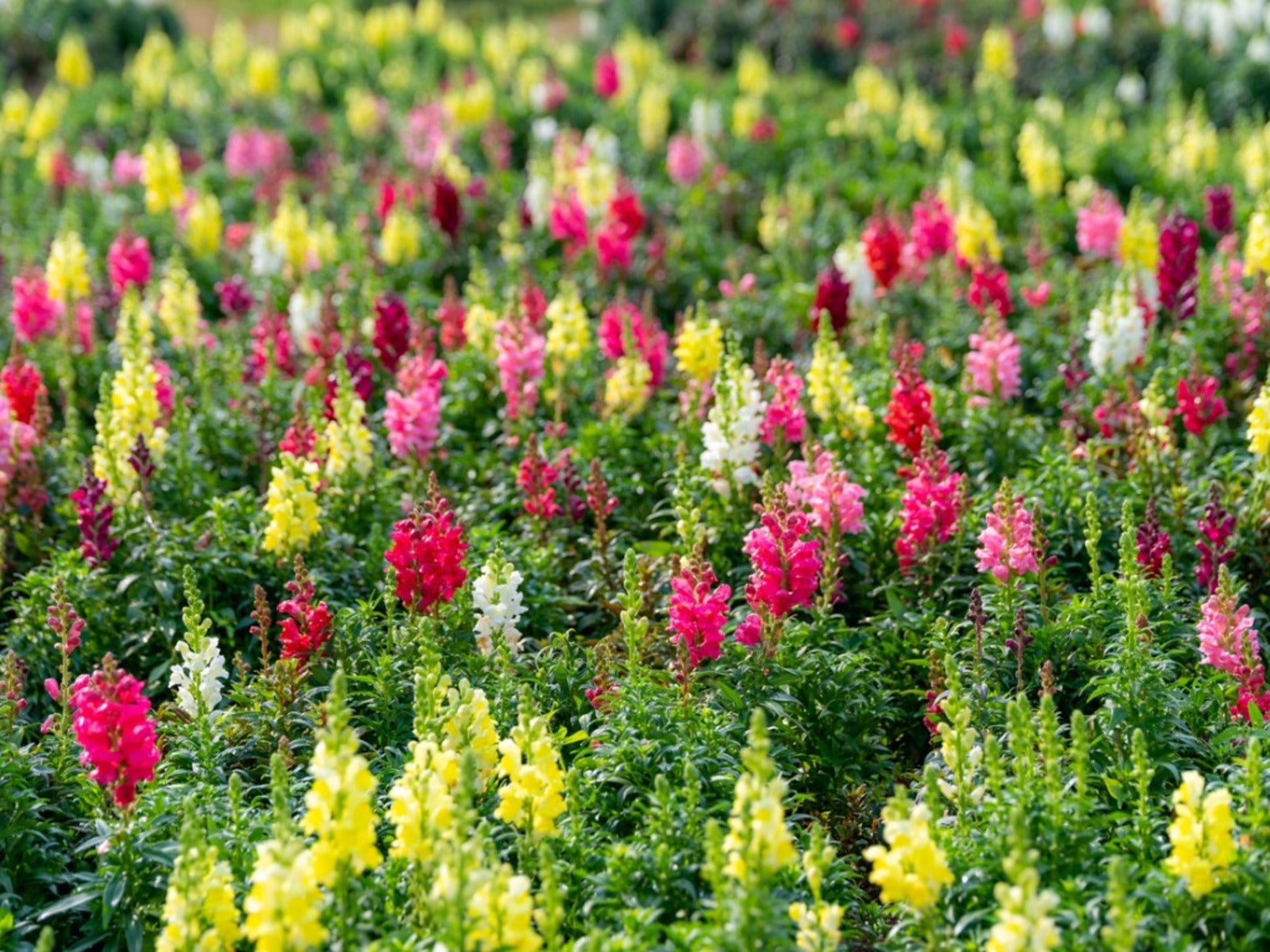 Snapdragon Variations: Growing Different Kinds Of Snapdragons
Snapdragon Variations: Growing Different Kinds Of SnapdragonsSnapdragons are beautiful and fascinating flowers. But which kind should you plant? Click to learn about snapdragon varieties.
By Ilana Goldowitz Jimenez
-
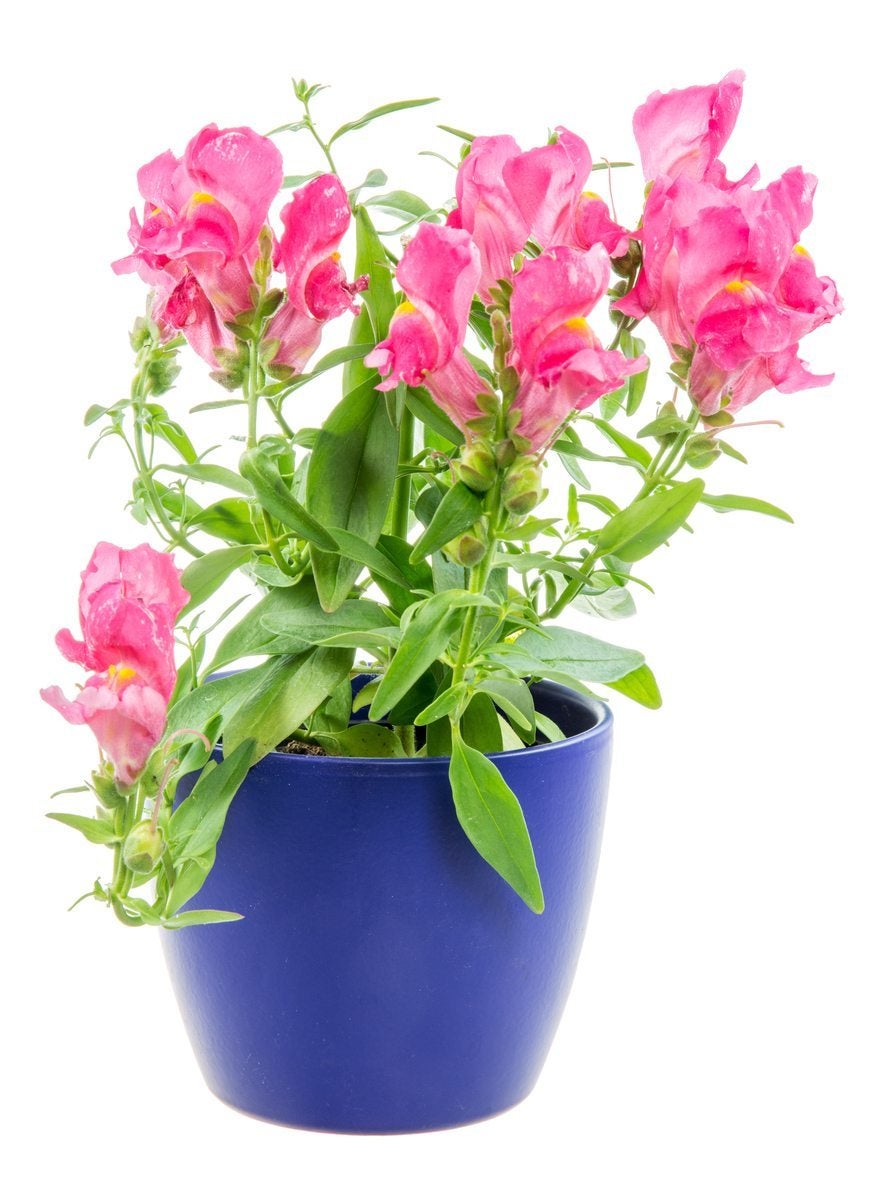 Growing Snapdragons In Pots – Tips For Snapdragon Container Care
Growing Snapdragons In Pots – Tips For Snapdragon Container CareSnapdragons are perennials, often grown as annuals, and produce a pretty and brightly-colored spike of flowers. While often used in beds, container grown snapdragons are another great garden, patio, and even indoor option. Learn more in this article.
By Mary Ellen Ellis
-
 Annual Vs. Perennial Snapdragon Plants: How Long Do Snapdragons Live
Annual Vs. Perennial Snapdragon Plants: How Long Do Snapdragons LiveThe most common question about snapdragons is: are snapdragons annual or perennial? The answer is that they can be both. You can learn more about how long snapdragons live by clicking this article for additional information.
By Darcy Larum